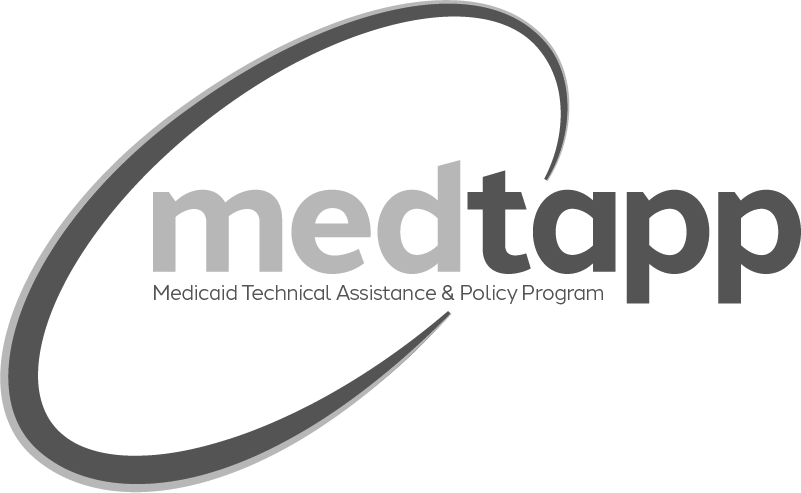Postpartum Testing for T2DM:
If a woman is in her immediate postpartum phase, within 12 weeks of delivery, the American College of Obstetricians and Gynecologists (ACOG) recommends that a fasting plasma glucose test or a 2-hour, 75-g oral glucose tolerance test be performed. In addition, ongoing tests for diabetes everything 3 years should occur for those with a normal result.
Recommended T2DM Testing Frequency
Determine if your patient has a history of Gestational Diabetes Mellitus (GDM), and when a T2DM test was completed. If the most recent results are in range for:
Normal: Re-test every 1 to 3 years depending on specific risk factors
Prediabetes: Re-test annually
Diabetes: Start diabetes management protocol, which typically includes A1c tests every 3-6 months
GDM: Test at 4-12 weeks postpartum, then re-test as indicated above based on the results.







